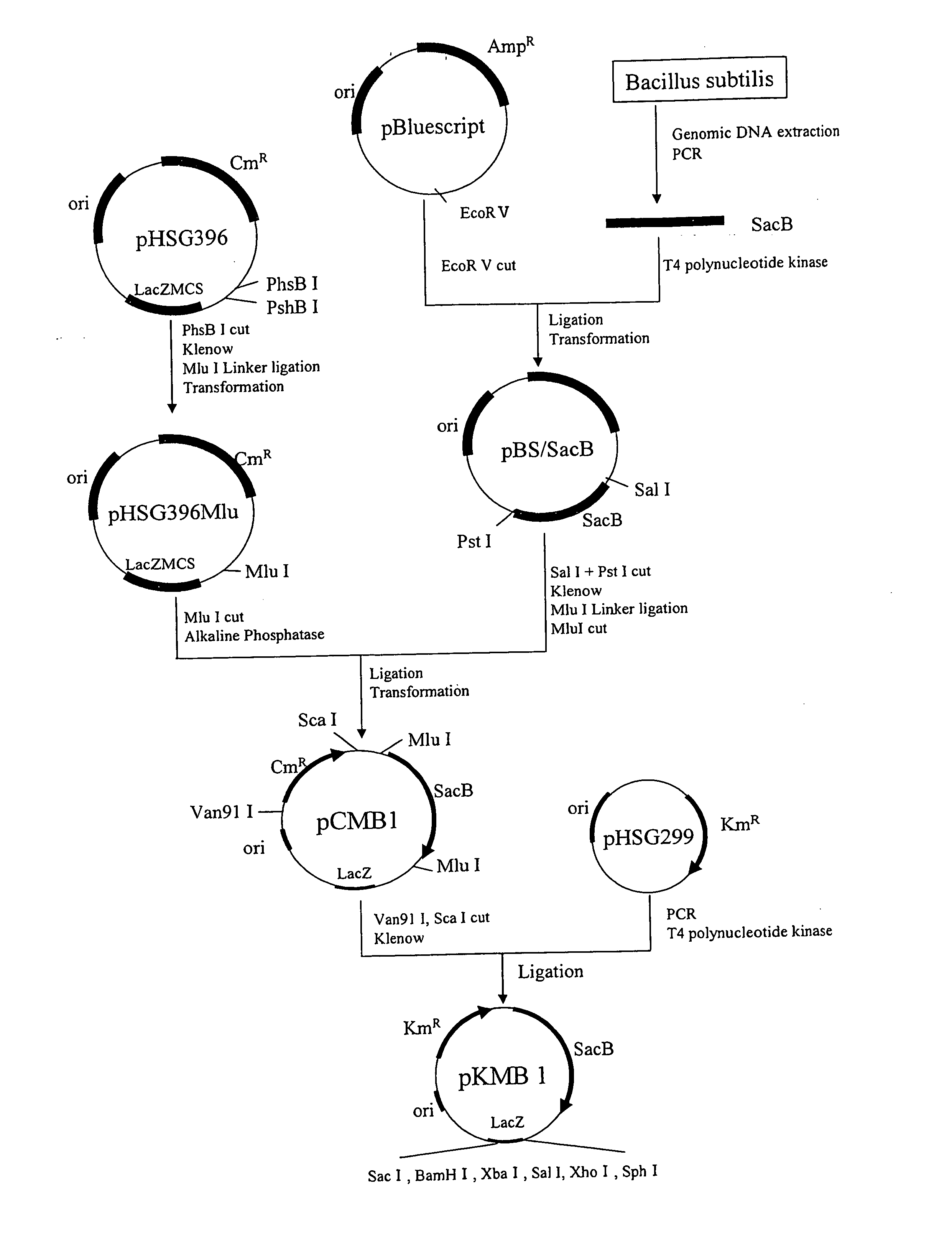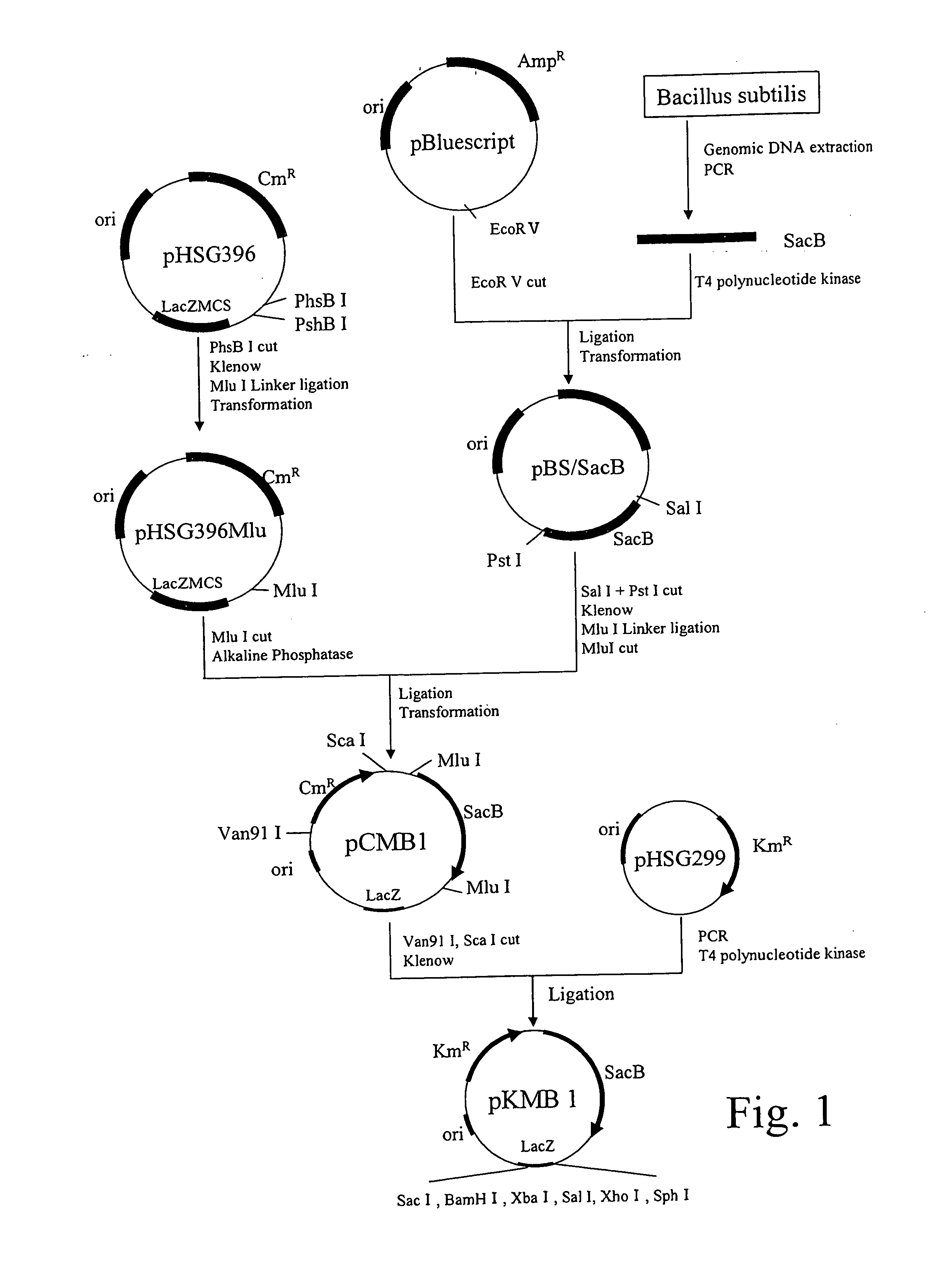Method for producing organic acid ammonium solution
a technology of organic acid and ammonium solution, which is applied in the direction of chemical recycling, organic chemistry, fermentation, etc., can solve the problems that each of the above-mentioned purification methods cannot be used for any neutralizer, the microorganisms used in fermentation generally exhibit insufficient activity, and the above-mentioned purification methods cannot be used. to achieve the effect of producing organic acid ammonium solution efficiently
- Summary
- Abstract
- Description
- Claims
- Application Information
AI Technical Summary
Benefits of technology
Problems solved by technology
Method used
Image
Examples
example 1
Salt-Exchange by Using Ammonia
(1) Preparation of Mg Succinate Solution (Mg Succinate Concentration 12.3 wt %, 30 kg)
[0091] 25.35 kg of distilled water was added into 100 L stirring vessel and stirred at 30 rpm with an anchor blade. The stirring vessel was adjusted to normal temperature by passing water through a jacket. 1.54 kg of magnesium hydroxide (Wako Pure Chemical Industries, Ltd.) was added into the stirring tank, to thereby prepare a suspension. 3.12 kg of succinic acid (Wako Pure Chemical Industries, Ltd.) was gradually added to this suspension while temperature of the suspension was monitored. This neutralization reaction provided 30 kg of aqueous magnesium succinate solution.
(2) Salt-Exchange Reaction by Using Aqueous Ammonia
[0092] Following the above-mentioned operation, 25% aqueous ammonia (Wako Pure Chemical Industries, Ltd.) was mixed into the aqueous magnesium succinate solution (30 kg) for salt-exchange. The mixing method was as follows: 15 kg of aqueous ammon...
example 2
Salt-Exchange by Using Ammonium Carbonate
(1) Synthesis of Mg Succinate Solution (Mg Succinate Concentration 12.3 wt %, 10 kg)
[0094] 8.45 kg of distilled water was added into 15 L stirring vessel and stirred at 200 rpm with an inclined paddle blade. The stirring vessel was adjusted at normal temperature by passing water through a jacket. 0.51 kg of magnesium hydroxide (Wako Pure Chemical Industries, Ltd.) was added into a stirring tank, to thereby prepare a suspension. 1.04 kg of succinic acid (Wako Pure Chemical Industries, Ltd.) was gradually added into this suspension while the temperature of the suspension was monitored. This neutralization reaction provided 10 kg of aqueous magnesium succinate solution.
(2) Salt-Exchange Reaction by Using Ammonia Carbonate
[0095] Following the above-mentioned operation, ammonia carbonate (Wako Pure Chemical Industries, Ltd.) was mixed into the aqueous magnesium succinate solution (10 kg) for salt-exchange. The mixing method was as follows: 2...
example 3
Preparation of Magnesium Succinate Solution by Fermentation and Preparation of the Double Salt
(1) Preparation of Bacterial Cells
[0099] 100 mL of a medium, which contains 4 g of urea, 14 g of ammonium sulfate, 0.5 g of monopotassium phosphate, 0.5 g of dipotassium phosphate, 0.5 g of magnesium sulfate heptahydrate, 20 mg of ferrous sulfate heptahydrate, 20 mg of manganese sulfate hydrate, 200 μg of D-biotin, 200 μg of thiamine chloride, 1 g of yeast extract, 1 g of casamino acid in 1,000 mL of distilled water, was added into 500-mL Erlenmeyer flask, and the medium was subjected to heat sterilization at 120° C. for 20 minutes, followed by cooling to room temperature. Then, 4 mL of 50% aqueous glucose solution sterilized in advance and 50 μL of 5% kanamycin solution sterilized by filtration were added thereto. Brevibacterium flavum MJ233 / FRD / PC / ΔLDH strain which was constructed in the Reference Example as described below was inoculated therein and subjected to seed culture at 30° C....
PUM
| Property | Measurement | Unit |
|---|---|---|
| Temperature | aaaaa | aaaaa |
| Length | aaaaa | aaaaa |
| Fraction | aaaaa | aaaaa |
Abstract
Description
Claims
Application Information
 Login to View More
Login to View More - R&D
- Intellectual Property
- Life Sciences
- Materials
- Tech Scout
- Unparalleled Data Quality
- Higher Quality Content
- 60% Fewer Hallucinations
Browse by: Latest US Patents, China's latest patents, Technical Efficacy Thesaurus, Application Domain, Technology Topic, Popular Technical Reports.
© 2025 PatSnap. All rights reserved.Legal|Privacy policy|Modern Slavery Act Transparency Statement|Sitemap|About US| Contact US: help@patsnap.com



